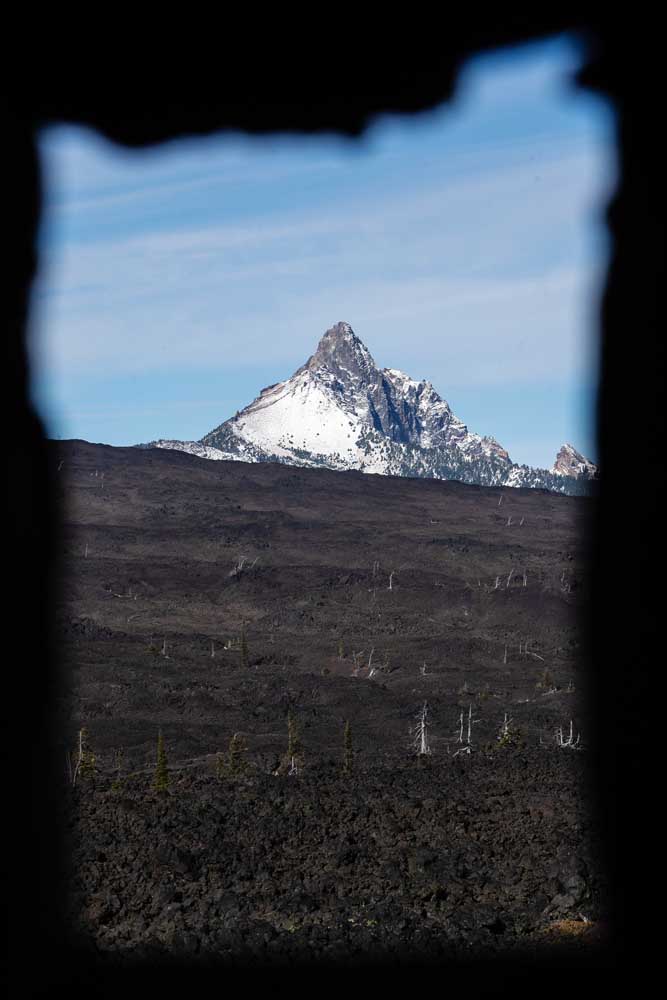Incoming winter weather to close western side of McKenzie Pass Highway
Published 5:45 am Friday, October 25, 2024

- Seen from the Dee Wright Observatory along the McKenzie Pass, snow coats Mt. Washington on Thursday west of Sisters.
The first winter storm of the 2024-2025 winter is headed for the Central Oregon Cascades, prompting closure of the western side of the McKenzie Pass Highway .
The Oregon Department of Transportation will gate the western side of the scenic byway also known as state Highway 242 on Friday, according to a release from the agency. The gate will remain closed through the winter season.
The highway gates just west of Dee Wright Observatory will also close Friday, preventing travel from Sisters over the pass. Dee Wright Observatory will remain accessible from the east. The gates on the eastern side of the highway near Sisters will remain open until Nov. 7 or until weather conditions force an earlier closure.
The McKenzie Pass is a secondary, scenic highway and is not plowed in winter. Weather, costs and logistics make it impractical to maintain for year-round travel, ODOT says. Resources are directed toward main highways, ensuring they are plowed, open and safe.
Brandon Lawhorn, a lead meteorologist with the National Weather Service in Pendleton, said high-elevation areas in the Central Cascades could see 6 to 7 inches of snow on Sunday and into Monday. Snow levels will continue to drop through the weekend, reaching 3,800 feet by Monday night.
Travelers headed over the Santiam Pass should be prepared for winter travel, with the heaviest snow expected on Sunday morning. Mount Bachelor is likewise expected to receive around the 6 inches over the weekend.
Bend and other parts of Central Oregon can expect rain for much of Sunday and into Monday, said Lawhorn.
Larry O’Neil, an associate professor at Oregon State University’s College of Earth, Ocean and Atmospheric Science, says the medium-term weather outlook favors a cooler and wetter start to winter in much of Oregon, including Central Oregon.
“The cooler weather should support more snow than rain so our snowpack should start to build up more-or-less on time,” said O’Neil.






